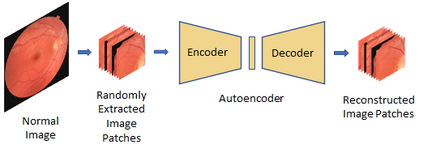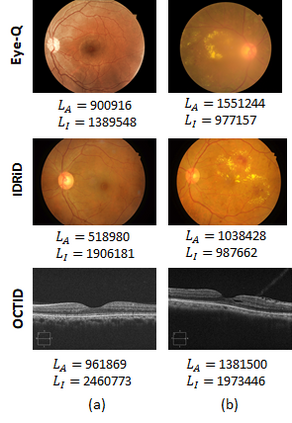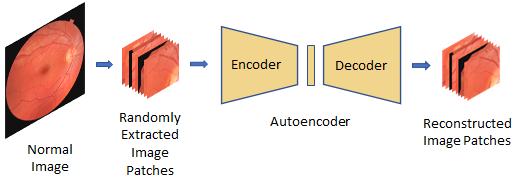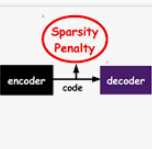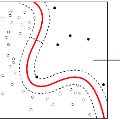Convolutional Neural Network models have successfully detected retinal illness from optical coherence tomography (OCT) and fundus images. These CNN models frequently rely on vast amounts of labeled data for training, difficult to obtain, especially for rare diseases. Furthermore, a deep learning system trained on a data set with only one or a few diseases cannot detect other diseases, limiting the system's practical use in disease identification. We have introduced an unsupervised approach for detecting anomalies in retinal images to overcome this issue. We have proposed a simple, memory efficient, easy to train method which followed a multi-step training technique that incorporated autoencoder training and Multi-Scale Deep Feature Sparse Coding (MDFSC), an extended version of normal sparse coding, to accommodate diverse types of retinal datasets. We achieve relative AUC score improvement of 7.8\%, 6.7\% and 12.1\% over state-of-the-art SPADE on Eye-Q, IDRiD and OCTID datasets respectively.
翻译:这些CNN模型经常依赖大量标签数据进行培训,难以获得,特别是难以获得,特别是罕见疾病。此外,一个仅用一种或几种疾病进行数据集培训的深层次学习系统无法检测其他疾病,限制了该系统在疾病识别方面的实际应用。我们采用了一种不受监督的方法来检测视网膜图像中的异常现象以克服这一问题。我们提出了一种简单、记忆高效、易于培训的方法,该方法遵循一种多步骤培训技术,其中包括自动校正培训和多层次深地貌图解混合(MDFSC),这是正常的稀释编码的扩大版本,可以容纳多种类型的视网状数据集。我们分别对眼Q、IDD和OCTID数据元等最新的SPADE系统进行了7.8 ⁇ 、6.7 ⁇ 和12.1 ⁇ 等相对的改进。我们对眼-Q、ID和OCTID数据元进行了7.8 ⁇ 、6.7 ⁇ 和12 ⁇ 的改进。

